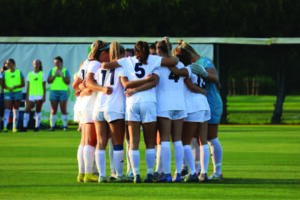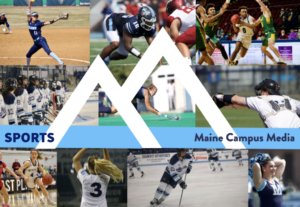On April 19, 1897, the first Boston Marathon was held, after the successful turnout for the Olympic marathon during the 1896 Summer Olympics.
The Boston Marathon is now one of the most notorious endurance races, after becoming the world’s oldest annual marathon. The Boston Marathon is one of the six world marathon majors, which are a series of marathons that are scored over the course of the series to determine a top runner. It is also the second longest annually held footrace in North America, coming in second to the Buffalo Turkey Trot.
The marathon runs its course from Hopkinstown to Copley Square in Boston and is well known for its challenging course that winds through hilly terrain, with competitors often braving inclement weather to participate. The most notorious part of the course is known as “Heartbreak Hill” and is located between the 20 and 21-mile markers. The hill is not particularly steep but is located during the section of the marathon where many runners hit “the wall,” during which their bodies have depleted the glycogen stored in their muscles, which can cause exaggerated runners’ fatigue.
Many years have seen racers enduring snow or rain, as well as years where competitors have had to face unusually high temperatures. While this may deter many runners, part of the reason the Boston Marathon maintains its reputation is the fact that it is such a challenging race, due to the unpredictable nature of New England weather.
Although it competes against football and baseball, both beloved New England sports, the Boston Marathon manages to invite over 500,000 spectators and has become the widest viewed sporting event in New England. The first race in 1897 saw only 15 competitors raising to the grueling challenge, but today the event attracts more than 30,000 participants. During the centennial running in 1996, the event was the world’s largest marathon, as there were 38,700 entrants, 36,700 starters and approximately 35,800 finishers.
The first winner of the marathon was John J. McDermott, a New Yorker, who crossed the finish line with a time of 2:55:10. While 15 runners started out the race, only 10 of them completed the full 24.5-mile course. In 1908, the course was re-measured and changed to the full 26 miles and 385 yards in accordance with Olympic marathon standards.
The first female runner was not allowed to compete until 1972, but both Roberta Gibb, who ran in 1966, and Kathrine Switzer, who ran in 1967, snuck in to compete in the race during their respective years. Race officials tried to physically remove Switzer from the race course after identifying her as a female, but Switzer was determined and fought to be able to finish the race. The first officially recognized female finisher of the marathon was Nina Kuscsik, who was accompanied that year by seven other female entrants.
The marathon was the first major marathon to include a wheelchair division, which was added in 1975. The first wheelchair finisher was Bob Hall, who won the division with a time of two hours, 58 minutes.
The marathon has faced various challenges over the years, but one of the most impactful challenges was the Boston Marathon bombing that occurred in 2013. The marathon has since gained even more attention, and the community was quick to support the effort to continue the marathon in a safe manner.
This year’s winners were Lawrence Cherono of Kenya, who won the men’s race with a time of 2:07:57, and Worknesh Degefa of Ethiopia, who won the women’s race with a time of 2:23:30.









